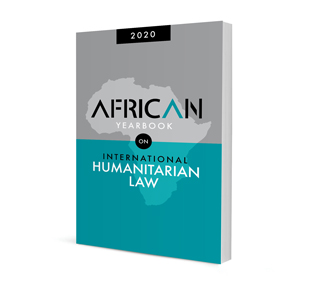
Reflections on humanitarian law dimensions of the African Union Convention for the protection and assistance of internally displaced persons in Africa
Author: Steve Tiwa Fomekong
ISSN: 2521-2621
Affiliations: Postdoctoral research fellow at the Centre d’études et de recherches de l’Université de Montréal in Canada; PhD in Law from Université Laval
Source: African Yearbook on International Humanitarian Law, 2020, p. 78 – 120
https://doi.org/10.47348/AYIH/2020/a4
Abstract
While significant attention has thus far been paid to the African Union Convention for the Protection and Assistance of Internally Displaced Persons in Africa (Kampala Convention), the rules of humanitarian law that it sets out have not yet been the subject of a specific in-depth analysis. This contribution aims to fill this gap in the literature. It specifically examines the humanitarian law rules contained in the Kampala Convention to determine their meaning and scope, as well as their contribution to strengthening international humanitarian law (IHL). It begins by analysing the articulation of these regional humanitarian rules with the universal rules of IHL that preceded them to determine whether there is any divergence between them. Next, the paper attempts to determine the extent to which the humanitarian law provisions of the Kampala Convention enrich the legal protections provided by IHL for the improvement of the plight of internally displaced persons from armed conflict. Finally, with an approach centred around making suggestions for law reform, the paper demonstrates why and how these rules should inspire the future development of conventional and customary norms that would assist with the challenges of conflict-induced displacement.